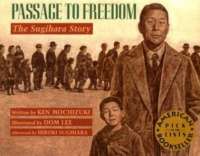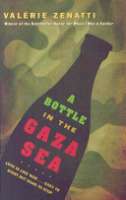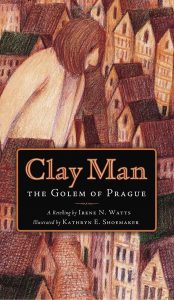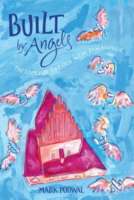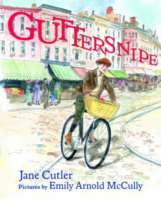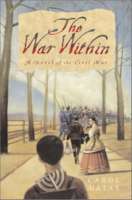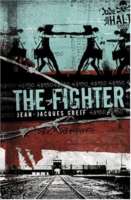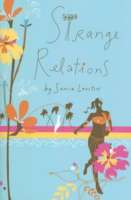
A summer in paradise. That’s all Marne wants. That’s all she can think of when she asks her parents permission to spend the summer in Hawaii with Aunt Carole and her family.
But Marne quickly realizes her visit isn’t going to be just about learning to surf and morning runs along the beach, despite the cute surfer boy she keeps bumping into. For one thing, Aunt Carole isn’t even Aunt Carole anymore—she’s Aunt Chaya, married to a Chasidic rabbi and deeply rooted in her religious community. Nothing could be more foreign to Marne, and fitting into this new culture—and house full of kids—is a challenge. But as she settles into her newfound family’s daily routine, she begins to think about spirituality, identity, and finding a place in the world in a way she never has before.
This rich novel is a window into a different life and gets to the very heart of faith, identity, and family ties.
